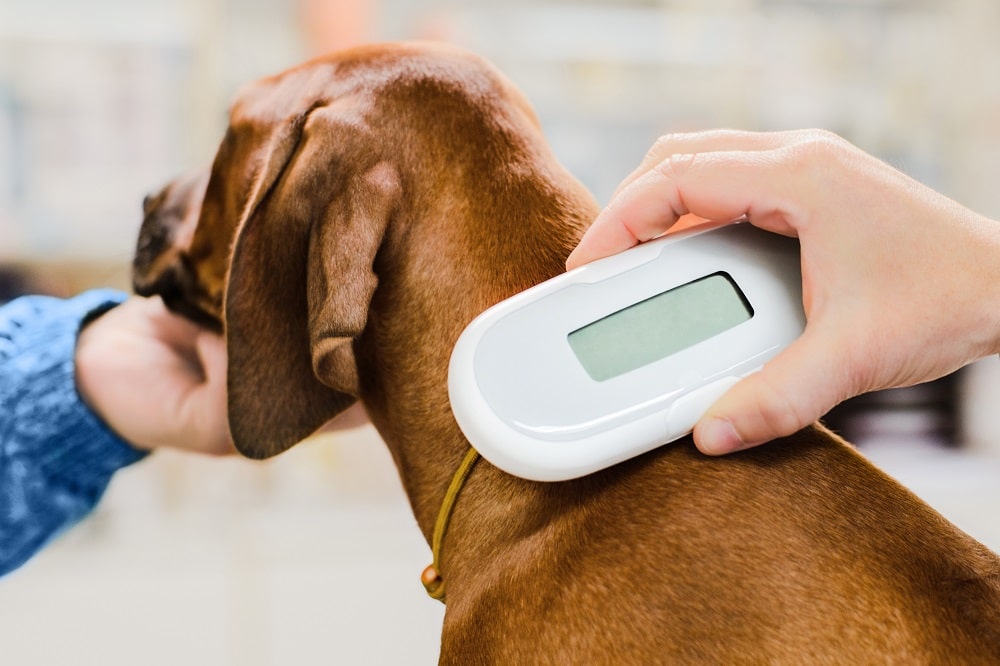Note: This article’s statistics come from third-party sources and do not represent the opinions of this website.
The unfortunate incident of dognapping and theft has become a serious problem in Canada that needs to be tackled. These heart-wrenching cases cause immense agony for the pet owners whose beloved animals have gone missing each year.

The 5 Dognapping & Dog Theft Statistics in Canada
- 7 out of 10 animal thefts reported in Canada involve dogs.
- In 2020, roughly 2,000 dog theft crimes were reported.
- Canadians have lost over $300,000 to dog scammers.
- 30% of missing dogs cannot be traced to their owner.
- Pet Theft Awareness Day is February 14th.


General Canadian Dognapping Statistics
1. 7 out of 10 animal thefts reported in Canada involve dogs
(YahooSports)
It is heartbreaking when a pet goes missing, and it is even worse when you know your pet has been stolen. Why do people even steal pets? Some people steal pets to get revenge on a person. However, more commonly, people will steal a dog—especially if it is a pedigree—to sell it. Certain breeds can be worth thousands of Canadian dollars.

2. In 2020, roughly 2,000 dog theft crimes were reported
(YahooSports)
As mentioned before, when dogs get stolen, it is usually for profit. Smaller breeds are often the most targeted because they are easier to grab and transport. However, no breed to safe from theft if the person can make money.
3. Canadians have lost over $300,000 to dog scammers
(Radio Canada International)
Puppies are the target of theft because they can be sold online. However, people will often set up websites for puppies they do not actually have. Those looking for pets will contact the people in charge of those websites and pay a deposit for the puppy and wait for it to be delivered. However, the animal never gets delivered. People have lost over $300,000 on these scam sites.

Canadian Dognapping Solutions Statistics
4. 30% of missing dogs cannot be traced to their owner
(SPCA CA)
Dog thieves rely on owners not microchipping their dogs. If you cannot trace your dog with microchips or through an ID registry, about 30% of dogs will not be returned to their owners. Getting your dog microchipped and registered will help increase the chance of your beloved canine being returned to you.
5. Pet Theft Awareness Day is February 14th
(Petspertise)
In Canada, Valentine’s Day is not the only special holiday that falls on February 14th. This day serves to remind people that pet theft is only increasing, especially because of the COVID-19 pandemic. People looked for ways to make money by stealing dogs or starting puppy adoption scams online.


FAQ
What can I do to protect my pet from being stolen?
To ensure the safety of your pet, always keep them in sight when they are outdoors. In addition to keeping them indoors whenever possible and leashed at all times while outside, make sure their microchip is up-to-date and that any identification tags they have on are current as well.
Remain vigilant, too; if you notice anything dubious in or around your house or neighborhood, take action immediately.

What should I do if my pet is stolen?
If you believe your pet has been stolen, the first thing you should do is contact your local animal control services and file a stolen pet report. You can also post notices on social media, alerting your friends and family that your pet has gone missing.
Additionally, it may be helpful to contact local rescue groups, shelters, and veterinarians to see if anyone has seen or heard of a pet matching your description. Finally, make sure to contact the police if you have any information or leads about who may have taken your pet.
What are the penalties for stealing a pet in Canada?
In Canada, it is illegal to steal someone else’s pet, and there can be serious consequences for doing so. Depending on the jurisdiction, punishments can range from fines to jail time, and in some cases, the perpetrator can be charged with theft of property. In addition, animal cruelty charges may also apply depending on the circumstances.
Which areas in Canada have higher rates of dog theft?
Unfortunately, there is no definitive answer to this question, as pet theft can happen anywhere. However, research has suggested that certain areas in Canada may be more prone to dog theft, such as larger cities and rural areas. Moreover, certain breeds of dogs may also be targeted more often than others due to their higher value on the black market.
With this in mind, it is important to remain vigilant and take the necessary precautions to protect your beloved pet.
What does microchipping my pet entail?
Microchipping your pet is a safe and effective way to ensure their safety in the event they are ever stolen. The process of microchipping involves inserting a small, rice-sized chip beneath the skin that contains information about their owners and contact details.
It’s important to keep this data up-to-date to ensure that if your pet is ever stolen, it can easily be identified and returned home.
It is a quick and easy procedure that can be done by your vet or at certain animal shelters for a small fee. Overall, microchipping is an invaluable way to protect your pet from being stolen.


Conclusion
Dognapping is a real and disheartening problem in Canada, but there are steps you can take to protect your pet. Make sure your pet’s microchip information is up-to-date, keep them in sight when they are outdoors, and remain vigilant of any suspicious activity near your house or neighborhood.
Furthermore, if you believe your pet has been stolen, contact the police and file a report right away.
Featured Image Credit: Daisy Daisy, Shutterstock



















